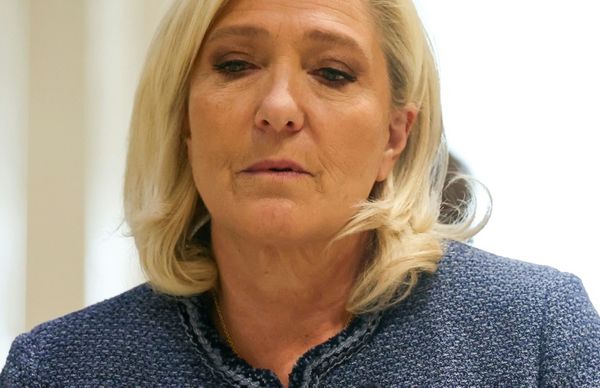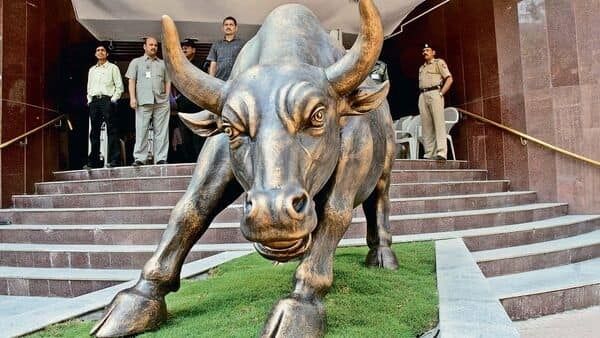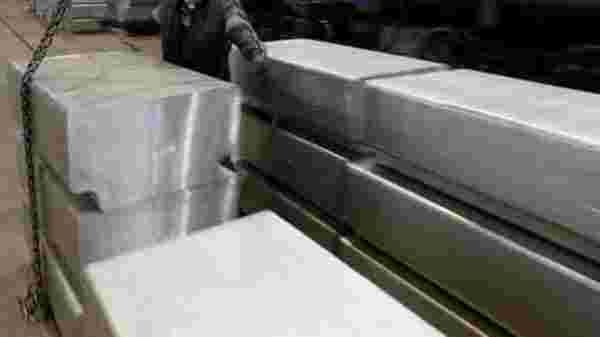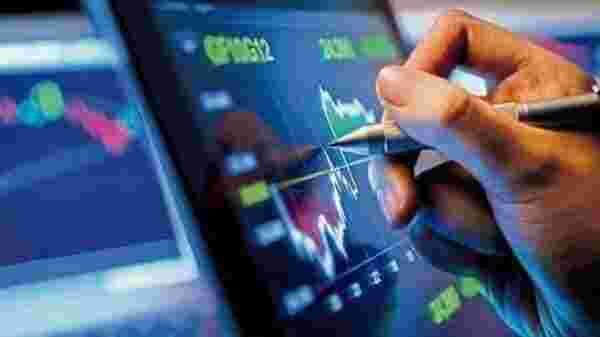
One of the fallouts of the Russia-Ukraine conflicts has been the spike in prices of various commodities, including aluminium. So far in the calendar year 2022 (till 10 March), aluminium prices on the London Metal Exchange have surged by 20%.
Not without reason. There is a risk to aluminium exports from Russia-Ukraine. Russia is the second-largest producer of aluminum in the world ex-China, second only to India, said analysts from Kotak Institutional Equities in a report dated 10 March. Therefore, the sanctions on Russia are a cause of concern. The sanctions have adversely affected trade in many ways, including delays in payment mechanism as major Russian banks are cut-off from SWIFT payment system. “In addition, the global shipping liners’ refusal to carry Russian cargo will result in disruption in these commodities. We believe prices of aluminum, copper, nickel, thermal coal, coking coal, and steel will remain at elevated levels in the near to medium term" said analysts at Motilal Oswal Financial Services Ltd in a report on 10 March.
What is also fuelling aluminium prices is that the production of the metal is energy intensive and the ongoing conflict has resulted in elevated energy prices.
In this backdrop, Kotak’s analysts see downside risk to both demand and production in the current scenario. “Supply risk from Russia, Ukraine and Europe, forming about 18% of global supply and demand risk emerging from marginal demand destruction due to higher prices. However, we estimate a higher impact on supply versus demand resulting in a higher market deficit in our demand-supply balance" added the Kotak report.
As such, the demand for aluminium has risen globally in recent times. Analysts at Motilal Oswal point out that this demand is driven by replacement demand for plastic and bottle in packaging especially in North and South America where the demand for beverage cans is strong. Also, there is increased demand for high-end passenger vehicles and commercial vehicles in the western world, where the automotive body is made up of aluminum. With increasing share of electric vehicles, aluminum demand would also see a rise as the battery casing is made from this metal.
So, what does this mean for Indian producers? They are comparatively in a better position than the global producers owing to insignificant dependence on imported coal. But rising oil prices do mean increasing costs. “Higher aluminum price is partly offset by higher costs in our (earnings) revision. Our earnings before interest, tax, depreciation and amortization (Ebitda) for FY2022E/23/24E increases by 1%/8%/9% for Hindalco Industries Ltd and 5%/25%/12% for National Aluminium Company Ltd (NACL)," said Kotak’s analysts.
Unsurprisingly, shares of Hindalco and NACL have appreciated by more than 20% so far in CY22 on NSE. These companies are expected to benefit from higher aluminium prices.
Shares of both companies have touched 52-week highs this month on NSE










